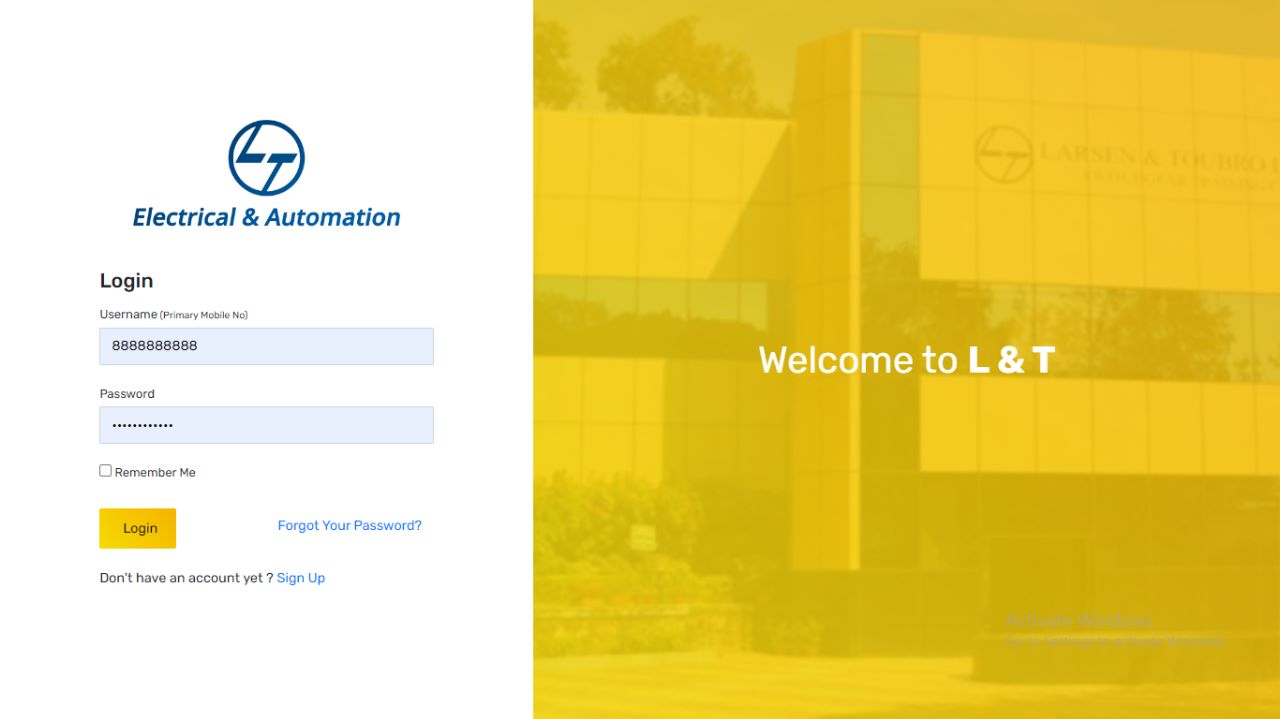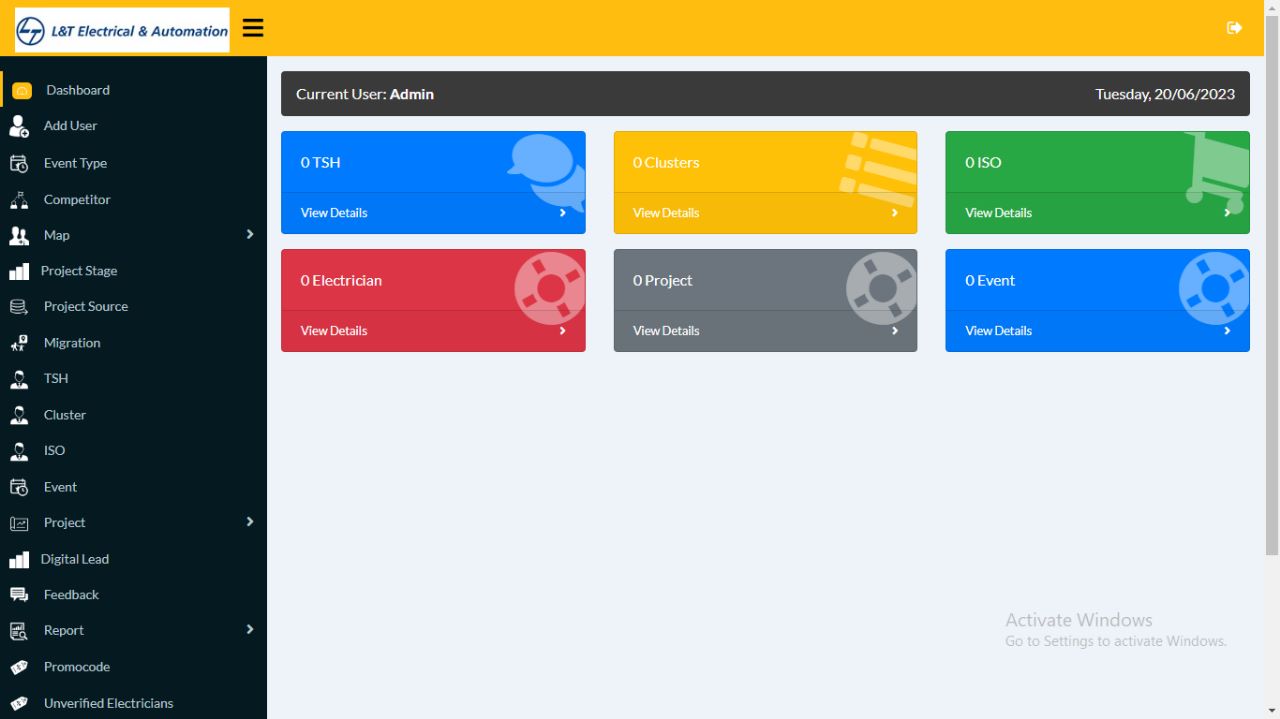Manufacturing
Download
Technology has played a critical role in the transformation of the manufacturing industry, enabling greater efficiency, flexibility, and quality control, while driving innovation and competitiveness in the global marketplace.
Optimize your manufacturing processes with our industry-leading software, providing real-time insights, streamlining operations, and driving productivity to new heights." We have worked with Original Equipment Manufacturers (OEM’s) especially branded and non-branded companies whose products are complementary & competitive over the counter (OTC).
Approach
1.
Identify the problem
Begin by defining the problem we gathered our focus to solve. Created the right questionnaire to different stakeholders. This helped us clearly understand the problem and will help us define the scope of the project and develop a focused solution.
2.
Define the user experience
Identify the different user groups that will be using the application, such as production managers, quality control personnel, and maintenance staff. Create user personas to understand their needs and behaviors, and use this information to design an intuitive and seamless user experience.
3.
Develop the system architecture
Once you have a clear understanding of the problem and user needs, develop the system architecture. This includes defining the database schema, API architecture, and user interface components.
4.
Design the database schema
Design a database schema that can efficiently store and manage information such as production schedules, inventory levels, and quality control data.
5.
Develop APIs
Develop APIs that can be used by both the web application and mobile applications. APIs should be designed to be scalable and performant, with clear documentation and error handling.
6.
Develop the user interface
Design a user interface that is easy to use and visually appealing. Ensure that the interface is optimized for different device sizes and that it follows best practices for accessibility.
7.
Incorporate relevant features
Identify the features that are most relevant for the manufacturing segment, such as production planning and scheduling, inventory management, quality control, and maintenance management. Incorporate these features into the application design to make the solution more useful and efficient.
8.
Ensure security and privacy
Implement appropriate security measures to protect sensitive data related to production processes, inventory, and other aspects of the manufacturing operation.
9.
Integrate with existing systems
Ensure that the solution can integrate with existing manufacturing systems and technologies, such as enterprise resource planning (ERP) systems, warehouse management systems, and machine control systems.
10.
Test and refine the application
Test the application thoroughly to ensure that it meets the needs of users and that it is scalable and performant. Refine the application based on user feedback and continue to iterate until you have a solution that meets the needs of all stakeholders.
Our products make us proud
Results
15%
Timeliness
20%
Productivity
20%
Efficiency
20%



